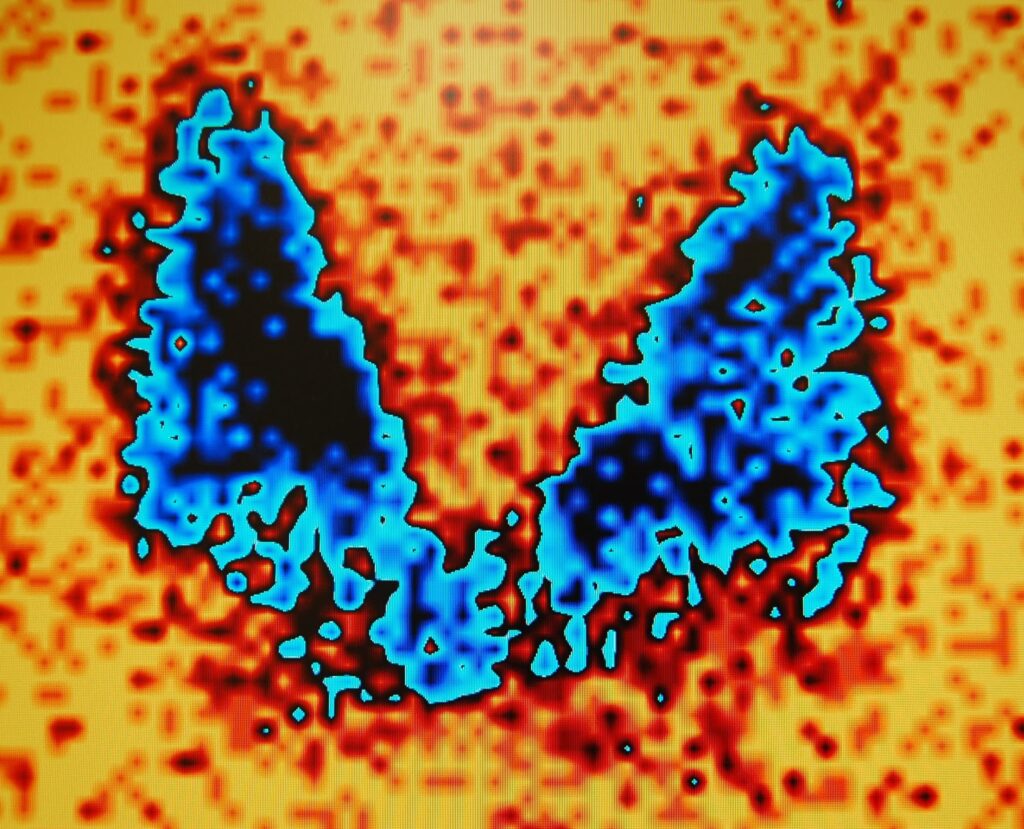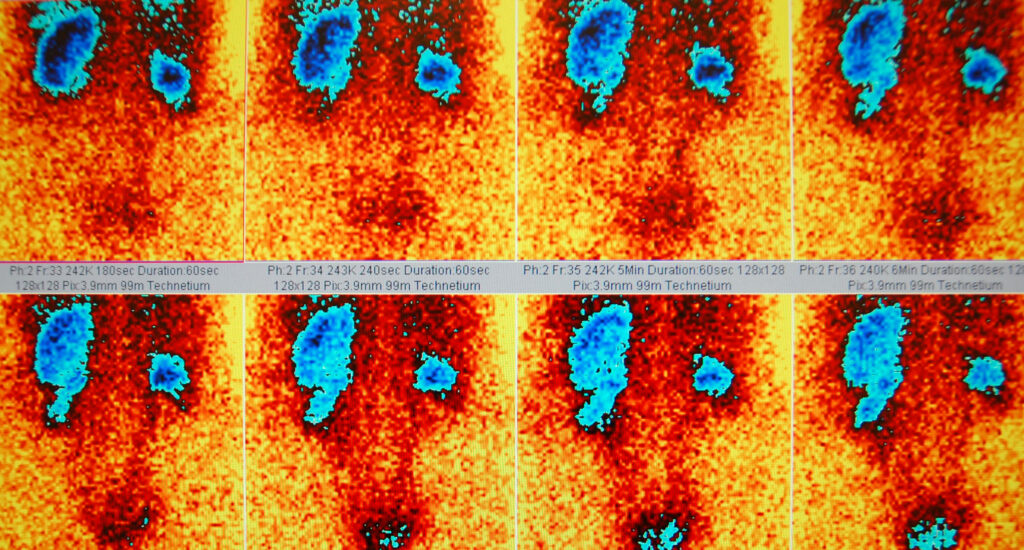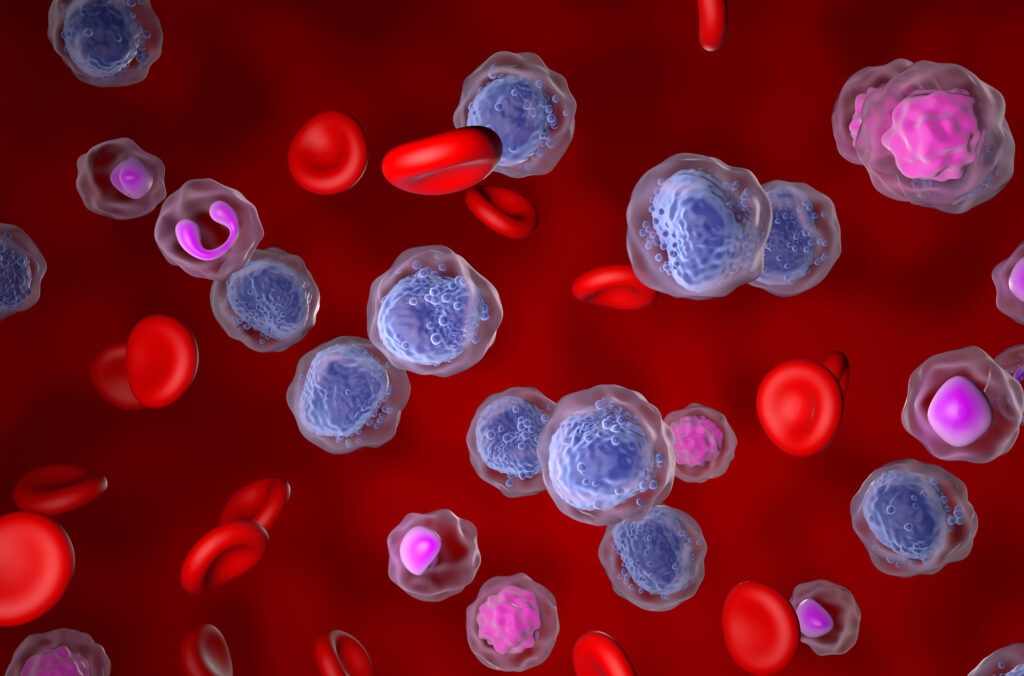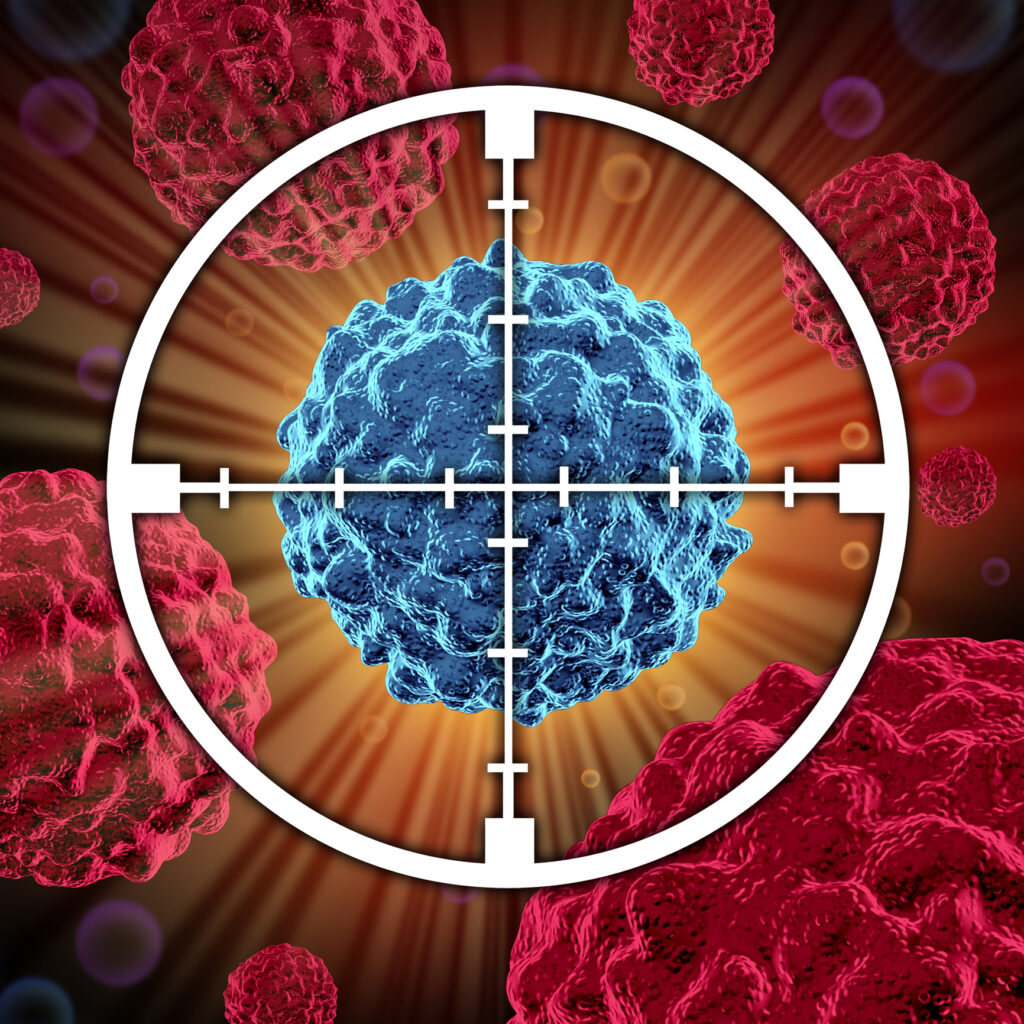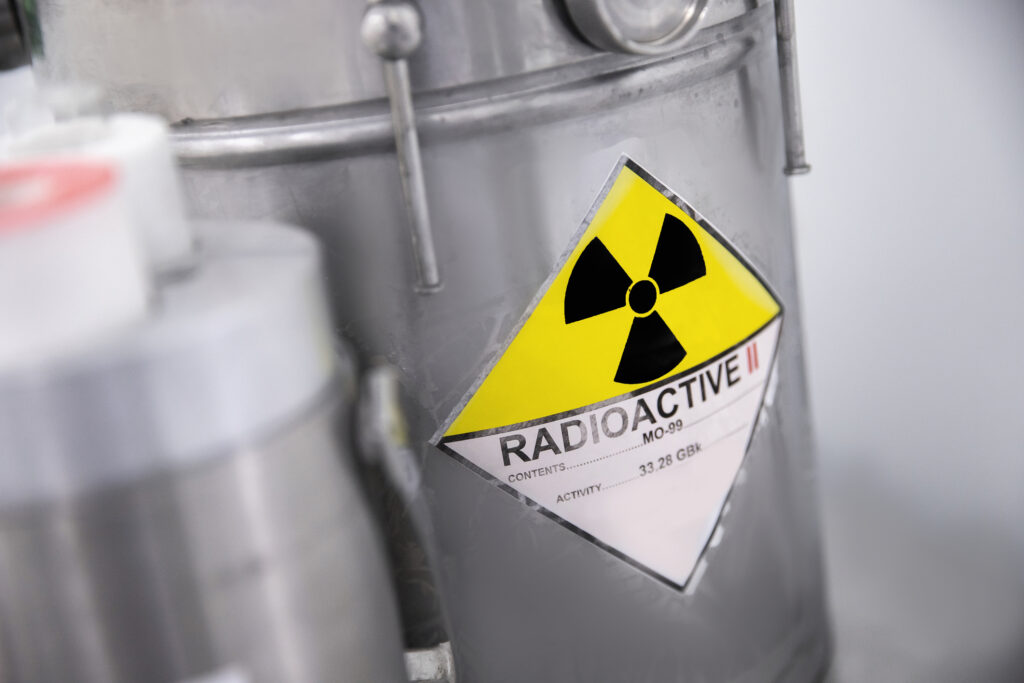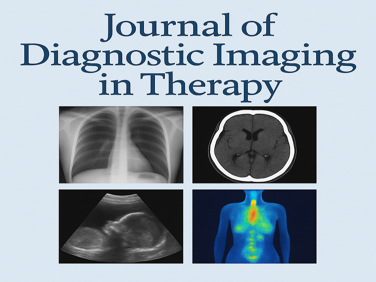Radiometals
Radiometals are used in targeted tumour radiotherapy and developing generators and cyclotrons to produce positron-emitting radiometals. These radiopharmaceuticals contain a bifunctional chelator to hold the radiometal attached to a vector molecule.
Technetium-99m is the most frequently used diagnostic radionuclide in SPECT imaging and requires coordination in diverse chemical chelates. The radiometals used for therapeutic applications include copper-67 and yttrium-90. However, for diagnostic imaging, the following radiometals include copper-61, copper-62, copper-64, zirconium-89 and gallium-68.
The demand for radiopharmaceuticals labelled with radiometals is due to a theranostic approach. These radiometals combine imaging and therapy in the same radiopharmaceutical. For example, the theranostic match pairs diagnostic and therapy: gallium-68/lutetium-177, gallium-68/yttrium-90, copper-64/copper-67, yttrium-86/yttrium-90 are amongst other radiometals are used in targeted radiotherapy.
In certain cases, a single radionuclide can be theranostic, as in the case of copper-64 (both β+ and β- decays) and terbium-149 (both β+ and α decays). Copper-64 provides a low-energy positron comparable to fluorine-18, and it decays, emitting both β+ and β- particles with an acceptable long half-life of 12.7 hours.
Over the past decade, positron emission tomography imaging (PET imaging) agents labelled with gallium-68 have undergone a significant increase in clinical applications. Gallium-68 is produced from the germanium-68/gallium-68 generator.
However, gallium-68-labelled radiopharmaceuticals are more cost-effective than cyclotron-produced PET radioisotopes. The most prominent radiopharmaceuticals currently used for imaging and differentiating several neuroendocrine tumours include 68Ga-DOTATOC, 68Ga-DOTATATE, and 68Ga-DOTANOC. In addition, gallium-68 has a convenient half-life of 68 minutes and provides sufficient radioactivity for various PET imaging applications by delivering acceptable radiation dosages to the patients.
You are here:
home » radiometals

